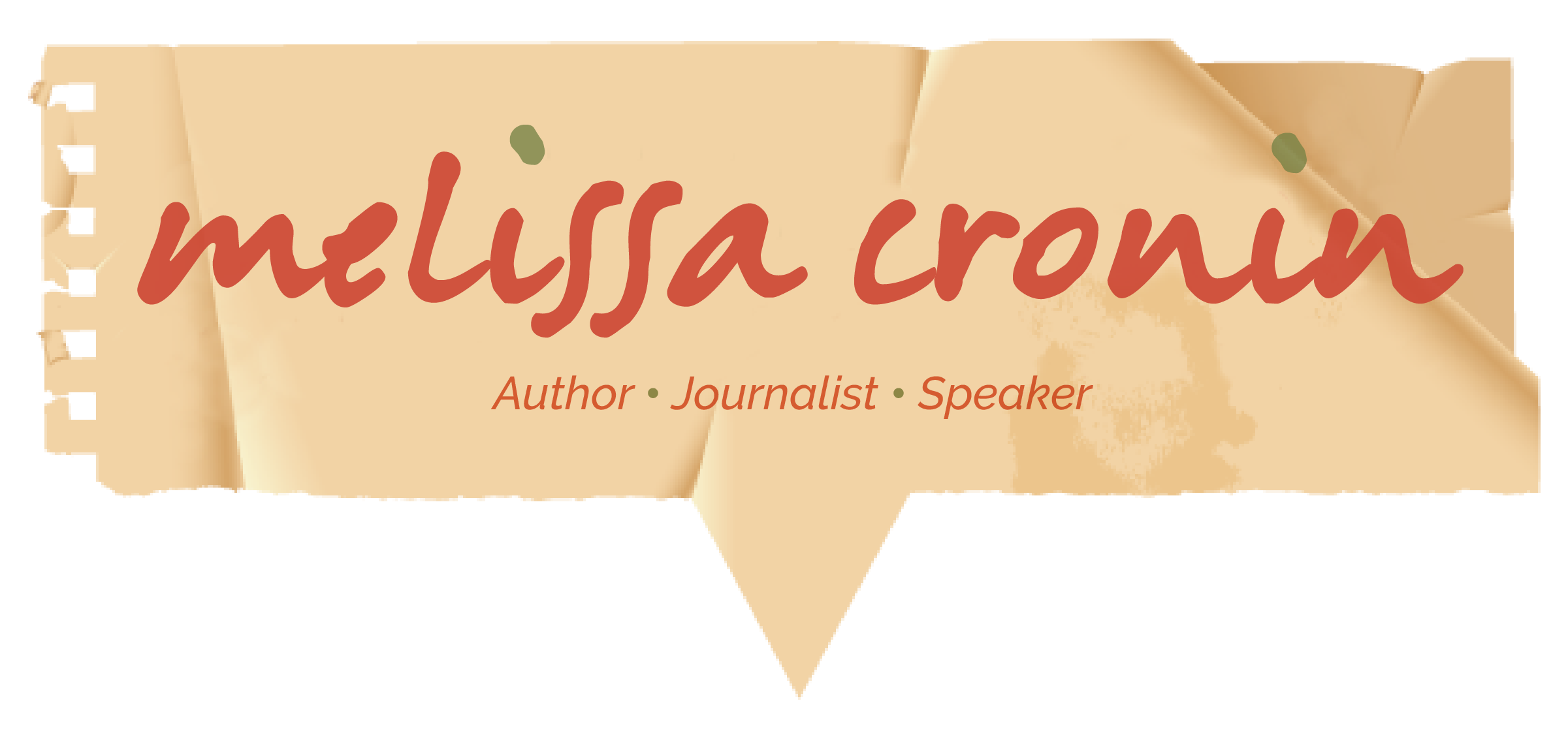Fiddling My Way to a Stronger Vocabulary
 Ten months before I sustained a traumatic brain injury, I started learning how to play the fiddle. Distracted by pain, fatigue and medical appointments during the first months of my recovery I thought I’d never play again. And the few times I tried, the notes sounded either too flat or too sharp. I’d put it back in it’s case, then set it in the corner of the living room, somber and angry at the same time.
Ten months before I sustained a traumatic brain injury, I started learning how to play the fiddle. Distracted by pain, fatigue and medical appointments during the first months of my recovery I thought I’d never play again. And the few times I tried, the notes sounded either too flat or too sharp. I’d put it back in it’s case, then set it in the corner of the living room, somber and angry at the same time.
Through the persistent support of friends, I eventually practiced again, every day. I started practicing for ten minutes at a time, but quickly increased my sessions to twenty minutes, a half hour, then an hour. I needed the music – immersing myself in the sounds of each note and the melodic phrases of Irish jigs and reels helped me to focus. But I did not know what effect playing the fiddle, or learning any instrument, had on the brains of TBI survivors.
Scientists used to believe that changes in the brain could occur up until only childhood. But modern research has shown that the brain can create new pathways and alter existing damaged ones to form new memories and learn new information. The process, called neuroplasticity (brain remapping) can take months, or even years.
But neuroplasticity can also occur through active learning, called structural plasticity. The brain cannot process all sensory input at once; it selects what it needs from moment to moment. Researchers have found, through music training, areas of the brain involved in cognition such as memory, speech, attention, and language are strengthened. For instance, children who are musically trained have stronger vocabularies and reading skills than those who are not musically trained. Researchers have observed similar patterns in adults.
And so I continue to push the bow across the fiddle’s strings. I call these sessions my brain workout.
http://neurosciencenews.com/neuroscience-music-enchances-learning-neuroplasticity/
Read More



Recent Comments